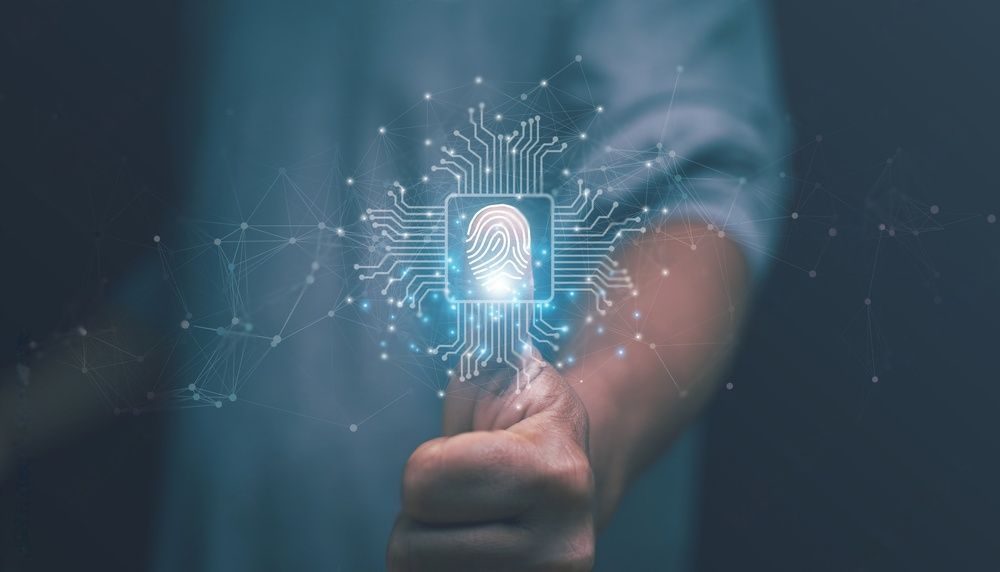How To Get Rid of Cyberstalking?
When done reasonably and safely, correspondence through informal communities and other web-based public gatherings can be gainful, both socially and expertly. However, it can result in several undesirable outcomes if you are careless, one of which is cyberstalking. The act of stalking or harassing someone online is known as cyberstalking. It can take the form of slander, defamation, or threats and can be directed at individuals, groups, or even organizations.
The victim may be controlled or intimidated, or information may be gathered for use in identity theft or offline stalking. Even though victims of online harassment shouldn’t be held accountable. The current online environment makes it easy to create “easy targets. For instance, many people who use social media today do not hesitate to publish personal information, such as photos of their family or their feelings and desires. We will explain cyberstalking in greater detail and offer advice on how to avoid becoming a victim in this post.
What is Cyberstalking?
As previously stated, cyberstalking can take many different forms. forms, but in its broadest sense. It is stalking or harassment that occurs online through channels like email, social media, and forums. Usually, it is planned and carried out over time. Cyberstalking cases frequently begin with seemingly innocent interactions. You might even find it amusing to receive a few odd or perhaps unpleasant messages at times, particularly in the beginning. On the other hand, if they become systematic, it becomes bothersome and even frightening. For instance, you may be offended or irritated by a few negative comments you’ve received on Facebook and Instagram, but this is not yet cyberstalking. Negative feedback is welcomed by some people, such as semi-celebrities seeking attention.
However, the boundary has probably been crossed when you begin to feel harassed and start receiving messages that are unwelcome and annoying consistently. Cyberstalkers could threaten casualties by sending unsavory messages efficiently, maybe even a few times each day. When such messages come from multiple accounts managed by the same person, it is especially frightening. Reporting this to both the website owners and law enforcement agencies is probably a good idea. Some victims may not even be aware that they are being stalked online, and cyberstalking does not necessarily require direct communication. The perpetrators can track victims in several ways. They can use the information they collect. to commit crimes like identity theft. The distinction between cyberspace and real life can sometimes blur. Attackers can get your personal information, reach out to your friends, and make offline attempts to harass you.
How To Get Rid of Cyberstalking?
Update Your Software
When you think about how to prevent cyberstalking, updating your software might not be the first thing that comes to mind. However, software updates regularly are essential for preventing information leaks. Numerous updates are created to address security flaws and ensure the safety of your data. They are especially crucial for mobile devices that keep track of your exact location and contain valuable data. In many instances, cyberstalking begins when an attacker hires someone to hack your phone or email and uses the information gathered against you. As a result, safeguarding yourself against cyberstalking is essential.
Maintain Good Digital Hygiene
Although the term “digital hygiene” is relatively new, it describes a crucial topic, particularly with social networks. By maintaining good digital hygiene, you can avoid cyberstalking, cyberbullying, and harassment online. One of the first things you can do to “clean up” your accounts is to change the privacy settings. You can change who can see your profile and contact you on most social media platforms and some other online accounts. Negative remarks shouldn’t be posted in your timelines, feeds, or message threads, either.
These have the potential to have a significant emotional impact when reread, in addition to possibly fostering additional negativity from others. For instance, mental help is routinely given to site arbitrators, as they truly experience the ill effects of perusing forceful messages, even those that aren’t shipped off them by and by. Women and girls in particular need to be careful on social media. They can make use of the information they gather. Cyberstalking, in particular, primarily targets women, even though most internet attacks target men.
Hide Your IP Address
Your IP address is shared with the person with whom you are communicating by many applications and services. Although it may appear insignificant, this data is connected to your personal information. For instance, the internet bill that is delivered to your residence and that you pay with your credit card has a link to your IP address. Cybercriminals can get your physical address and credit card information from your IP address.
Your IP address can be hidden with a Virtual Private Network (VPN). This substitutes a location of your choice for your actual IP address, making it appear as though you are in a different country. Additionally, it encrypts all of your internet activity, shielding it from the prying eyes of hackers. The Tor browser is yet another option. Even though not only encrypts your traffic and may alert authorities but it is also used frequently by criminals themselves. For the ultimate in privacy and anonymity, Tor and a virtual private network (VPN) can be combined. Remember this: using a web proxy or a free VPN service is not recommended because both of these options can frequently make your online security worse than it improves.
Keep a Law Profile
Some people find it difficult to maintain a controlled online presence, particularly those who must use online platforms for self-promotion or business-related activities. However, reducing the level of detail would be beneficial to many users. You should never give out personal information like your address or phone number, and you should think carefully before giving out real-time information like where you are and who you are with. If you could, you wouldn’t use your real name on your online profiles. This is difficult for work-related activities, but it is doable for certain social media accounts, message boards, and forums. You can, for instance, use a nickname on Twitter or Instagram. Be very careful who you accept connection requests and messages from if you must keep your real name and photo.
Check first if it isn’t a friend, relative, or coworker before proceeding. On dating websites, for instance, it can be nearly impossible to avoid sharing personal information and connecting with strangers. Unfortunately, these are popular with con artists, and you might even talk to a cyberstalker. As a result, it’s best to stick with reputable websites, conduct background checks on potential suitors before giving out personal information or meeting in person, and notify the site administrators of any activity that makes you feel uneasy.
If you need help getting rid of a cyberstalker Contact Foglight Private Investigations
















